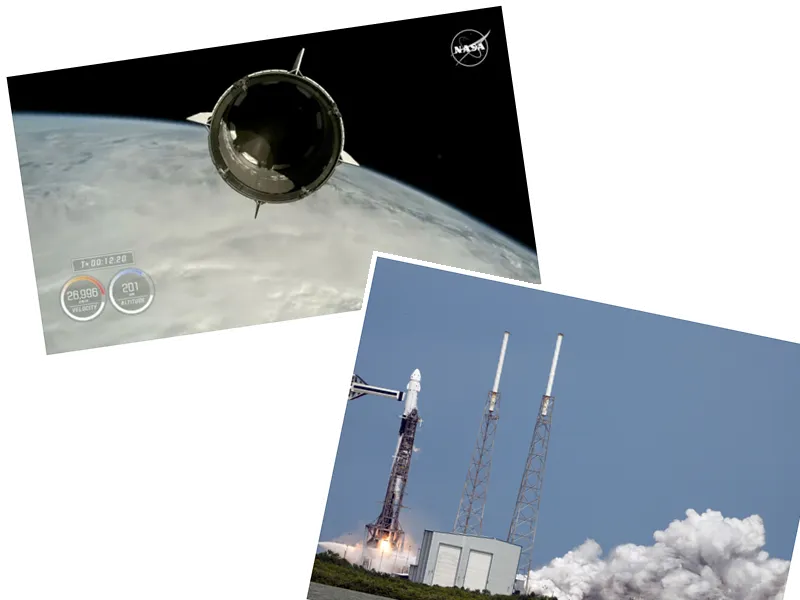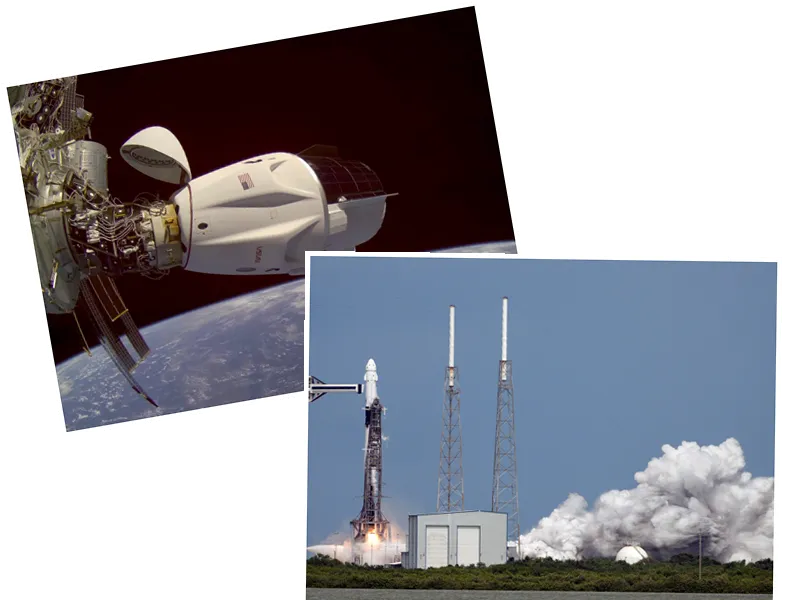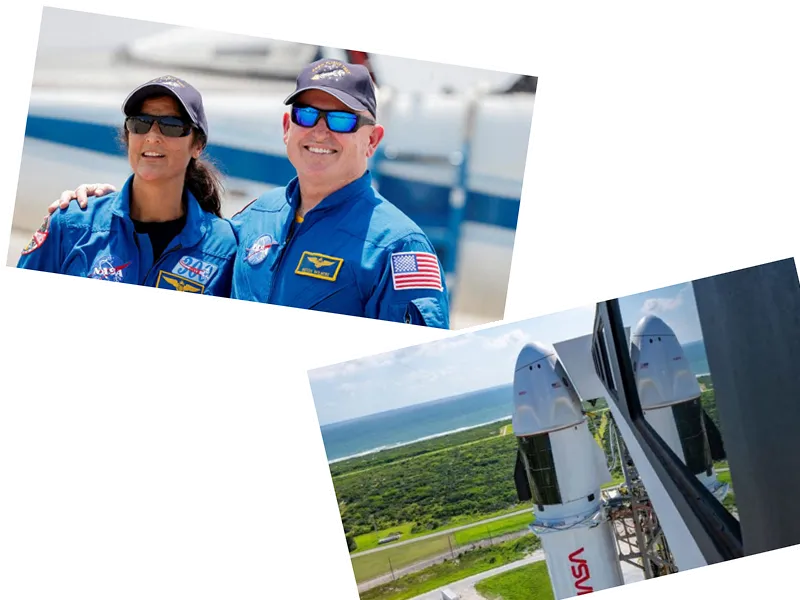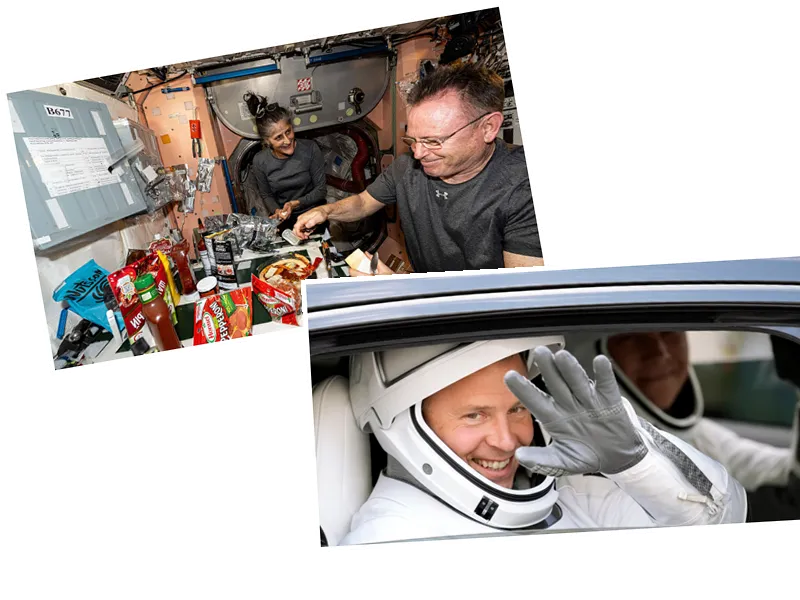SpaceX Crew-9 Mission Successfully Launches to Rescue Astronauts from ISS
On Saturday, SpaceX's Crew-9 mission successfully launched from Cape Canaveral, Florida, carrying NASA astronaut Nick Hague and Russian cosmonaut Aleksandr Gorbunov. The mission aims to rescue two astronauts, Suni Williams and Butch Wilmore, who have been stranded at the International Space Station (ISS) since early June. The Crew Dragon capsule is expected to dock with the ISS around 5:30 p.m. ET on Sunday, bringing the total crew aboard to six.
Boeing Starliner Issues Prompt NASA to Reroute Plans
Williams and Wilmore initially traveled to the ISS aboard Boeing's Starliner spacecraft, intended for a week-long test mission. However, the mission was extended due to significant issues with the Starliner's propulsion system, leading NASA to deem the spacecraft too risky for the crew. After extensive testing, the Starliner returned empty on September 6, prompting NASA to adjust its plans and prioritize the safe return of the stranded astronauts via SpaceX's Crew-9 mission.
Impact of Delays and Future Missions
The Crew-9 mission faced several delays, including one caused by Hurricane Helene. Despite these challenges, Hague and Gorbunov are set to spend approximately five months aboard the ISS, conducting around 200 scientific experiments. Meanwhile, Williams and Wilmore will remain in space for nearly eight months, adapting to their extended stay in the microgravity environment. NASA continues to analyze the situation with the Falcon 9 rocket's second stage anomaly, temporarily suspending future launches until a thorough investigation is completed.





